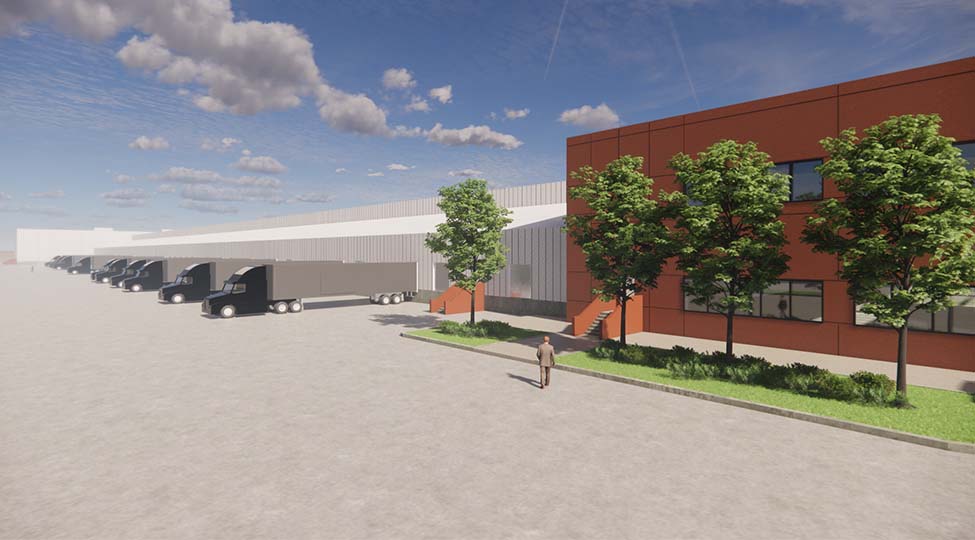Emerging Technologies in Canada’s Construction Industry
Posted
March 23, 2023
The construction industry is constantly evolving, and emerging technologies are driving this evolution. From green building initiatives to the use of building information modelling (BIM), Canada’s construction industry is at the forefront of technological innovation.
Building Information Modeling (BIM)
Building Information Modeling (BIM) is a digital process that enables architects, engineers, and contractors to design, construct, and manage buildings more efficiently. BIM involves creating a virtual model of a building that includes all its components and systems. This model can be used throughout the entire lifecycle of the building, from design to construction and maintenance.
- BIM has gained popularity in Canada due to its ability to reduce construction costs, improve project management, and enhance collaboration between construction teams.
3D Printing
3D printing is an emerging technology making waves in the construction industry. This technology involves the use of a 3D printer to create building components or even entire buildings. 3D printing has the potential to reduce construction time, costs, and waste, while also improving accuracy and quality.
Canada is home to several 3D printing projects, including the world’s first 3D-printed office building, completed in Dubai by a Canadian company. Another Canadian firm is using 3D printing to create affordable housing in remote areas of Canada.
Drones
Drones are increasingly being used in commercial construction projects in Canada. These unmanned aerial vehicles can capture high-resolution images and videos of construction sites, allowing contractors to monitor progress and identify potential issues. Drones can also be used to perform inspections of hard-to-reach areas, such as roofs and towers.
According to a report by Allied Market Research, the global market for drone technology in construction is expected to grow from $4.8 billion in 2019 to $11.96 billion by 2027.
Virtual Reality (VR) and Augmented Reality (AR)
Virtual reality (VR) and augmented reality (AR) are emerging technologies that are transforming the way architects, engineers, and contractors design and visualize buildings. VR and AR can be used to create immersive 3D experiences that allow stakeholders to explore and interact with a building before it’s built.
In Canada, several construction companies are using VR and AR to enhance the design process, improve collaboration, and reduce errors. These technologies are also being used to train workers and improve safety on construction sites.
Prefabrication and Modular Construction
Prefabrication and modular construction are not new technologies, but they are gaining popularity in Canada due to their ability to reduce construction time and costs while improving quality and safety. Prefabrication involves the construction of building components off-site, while modular construction involves the assembly of entire buildings in a factory setting.
According to a report by Inkwood Research, the prefabrication and modular construction industry in Canada is expected to grow by 5.27% between 2021 and 2026.
Conclusion
Emerging technologies are transforming the construction industry in Canada. From BIM and 3D printing to drones and VR/AR, these technologies are improving efficiency, reducing costs, and enhancing collaboration. By embracing these technologies, Canadian construction companies can stay competitive and meet the evolving needs of their clients.
Maple Reinders has been exploring emerging technologies that are changing the face of Canadian construction for the past 55 years and has accomplished over 2900 projects. Explore our projects section today to learn more.

